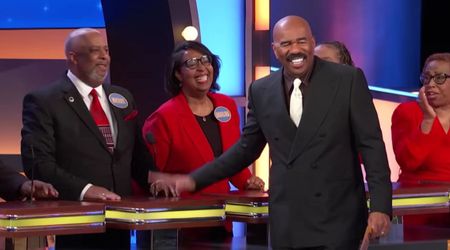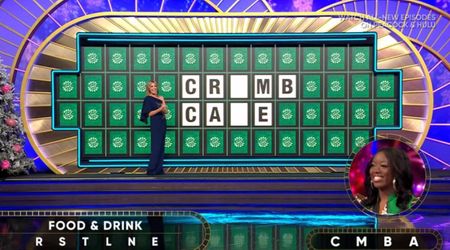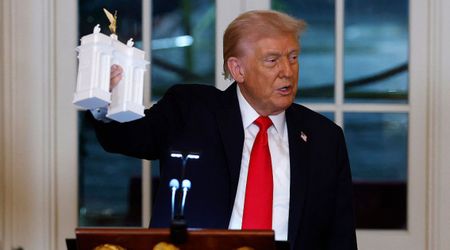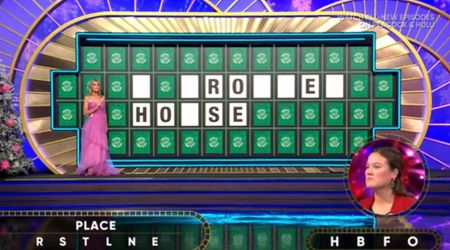'Antiques Roadshow' guest says 'that's too much' after expert revealed the value of his retirement gift

Although guests on “Antiques Roadshow” are understandably surprised after knowing the true value of artifacts and collectibles lying around at home, it does not mean they don't want a high appraisal. But one guest was in such a state of disbelief that he simply could not accept that the items he brought could be that valuable. The guest, at first, believed that the newspaper ad was a lithograph, but was quickly corrected by the expert.
The items were a retirement gift from one of his dear friends. When asked when his last day of work was, he said, “Today is my last day at work, and I’m here at the Roadshow.” The expert then revealed that the ad was not a lithograph but rather an engraving on the inside of a newspaper. “It’s an advertisement for a whiskey brand that no longer exists,” he added.

The name of the brand was S.T. Suit’s, and it was named after a person called S.T. Suit, whose backstory was narrated by the expert Nicholas D. Lowry. He had made a successful career as an entrepreneur and used his wealth to travel the world and build a school for black children in 1873, a time when slavery was still rampant in the southern part of the country. “Even though he was the son of a slave owner, his wealth had allowed him to tour the world, and that taught him a man is a man and with this belief, he set himself to work to make the good citizens of the hitherto despised and ignorant ex-slaves found in his immediate neighbourhood and taught them how to read and write,” Lowry revealed.

The guest was impressed by this story of the man who had built the school on a piece of land he owned in Maryland. In those times, that was a daring move which many believed to be unimaginable, especially from the son of a slave owner. The expert then moved on to speaking about the whiskey advertisement and why this particular one was special. Turns out that the ad that the guest had brought was only the second of its kind.
“My research parallels yours exactly. There is one known copy of this in the Smithsonian. From the best of my research, this is only the second copy of this that’s known,” the expert said. The guest had also brought a clay whiskey jug from the same company. Lowry said that whiskey collectibles were the rage at the time, and the empty clay earthenware jug could sell for $500 to $700 alone at auction.
It was now time to appraise the newspaper like this. The expert conceded that it was hard to put a value on it since it was only the second of its kind, and the first one had never come up for sale. He could only put a conservative estimate, which was between $3000 and $4000. The guest was certainly not expecting this. “Wow, that’s too much,” he said. “Well, it’s too much of a gift. That surprises me.” That’s when the expert said that he wouldn’t be surprised even if its value went up to $6000 at an auction.



















